Pago Principles: Wasting time can cost a community millions
“Time is money.”
Founding Father Benjamin Franklin supposedly penned this ubiquitous phrase in 1748 in an essay called “Advice to a young Tradesman, written by an old One.”
Maybe one reason why it’s still around today is because it’s true.
When it comes to the development projects, we’ve seen how the principle applies to the communities we partner. Those looking to kickstart the economic engines of their downtowns are up against the clock.
Communities need to understand how precious time is when it comes to redevelopment.
As we’ve already covered in our Pago Principles series, we recommend that instead of years of planning, a downtown trust should buy as many strategic properties as possible.
Then after the properties have been bought, the community’s downtown trust can begin on the project plan to fix the properties.
A fix in time can save a community millions
Another factor often overlooked is the cost of time.
There are economic and financial factors that could drive up the cost of a project as the months and years drag on.
Inflation will raise the cost of goods and services over time. Increased regulatory compliance and extra carrying costs for investment can also cost precious resources.
In addition, the buildings and infrastructure targeted by a downtown redevelopment plan is at risk of deterioration with the passage of time. We’ve seen a devastating example of this firsthand in Van Wert, Ohio.
We partnered with the local leaders in Van Wert to help them restore their downtown. Unfortunately, by the time they began their project, they’d already seen how delayed action can make the cost of a potential renovation project soar.
There was a once-beautiful historic building in Wan Wert called the Home Guard Building. It was one of the city’s best-known properties, the tallest in downtown, built in 1905.
If the community had bought the property 10 or 15 years before they started their project, it would have cost just $150,000 and likely a few million dollars to rejuvenate.
Although the community was eventually able to gain control of the building for free, by the time they did it would have cost $15 million to fully repair the crumbling structure. The roof had caved in. Rain, snow and wind had done their worst. You could say Van Wert didn’t guard the Home Guard Building.
Small problems get larger if unattended over time
In September of 2020, the Home Guard Building proved that it was too dangerous to keep around any longer. A large part of an outside wall came tumbling down on a sidewalk. Thankfully, no one was underneath.
A beautiful building that had stood for over a century had to be torn down because it hadn’t received the necessary maintenance and improvements in a timely manner.
Building decay can increase over years or even days: Even a small leak in a roof can become a big problem if it’s left untended.
When a community’s downtown has dozens of roofs that are leaking and floors creaking, time is of the essence to limit what could become compounding damage which is ever more costly to fix.
Van Wert’s redevelopment leaders decided it would heed the lesson it learned from the Home Guard Building. They saw to it that other buildings were better protected against the passage of time and the elements.
Pago partnered with Van Wert to rapidly buy and rejuvenate specific properties to preserve for future generations, create new opportunities for housing and small business, and save the costs of deferred maintenance.
Maybe Benjamin Franklin invented the phrase “Time is Money” or maybe he heard it somewhere and followed it, passing it along as good advice to others.
Whatever the case, we’ve seen it work for our partner communities, so we’ll keep passing it along, too.

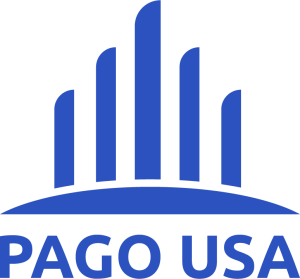
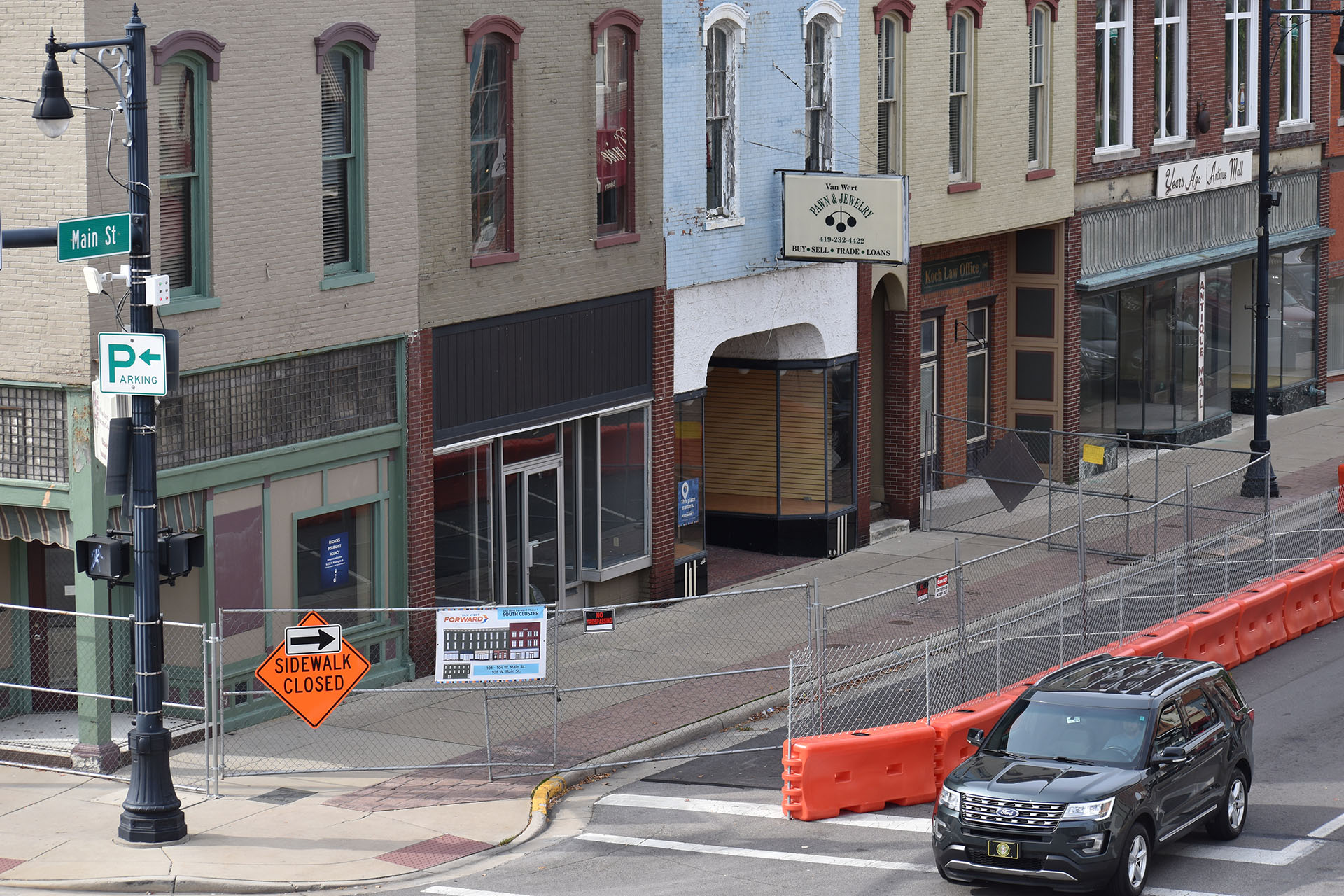
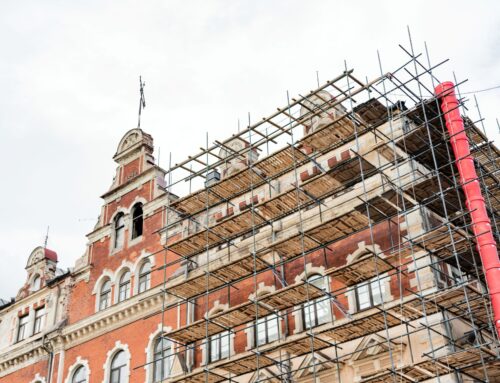
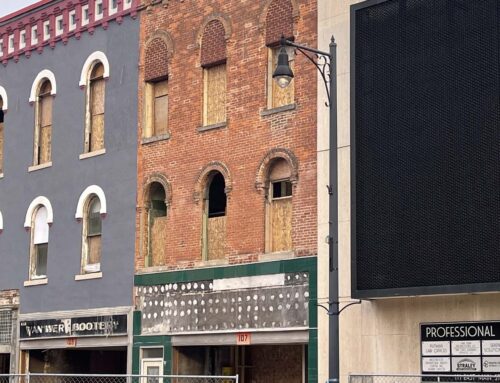
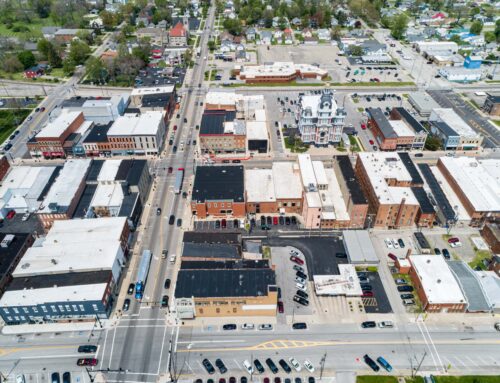
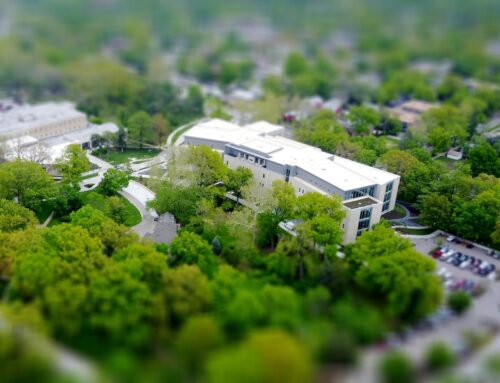

Leave A Comment
You must be logged in to post a comment.